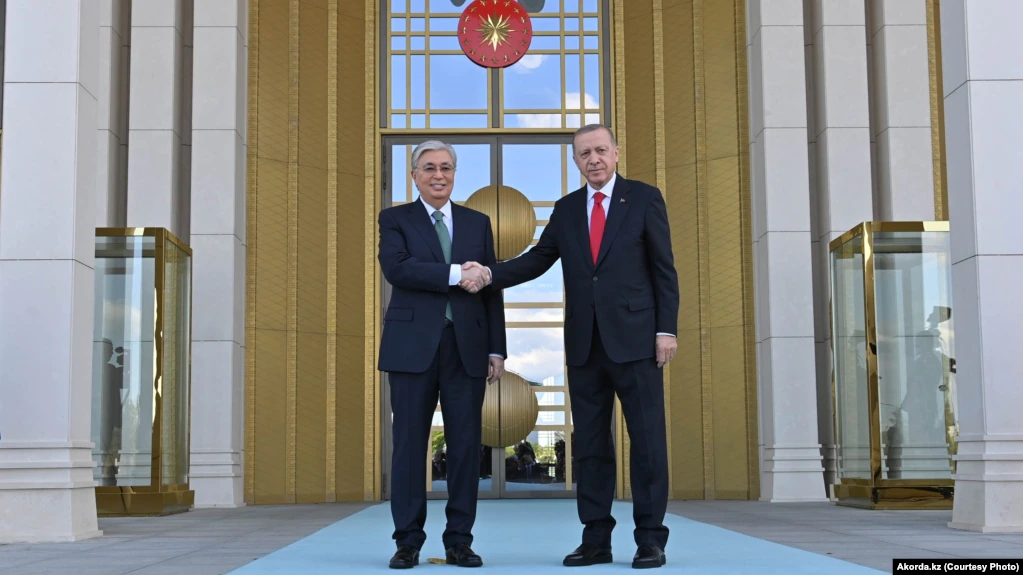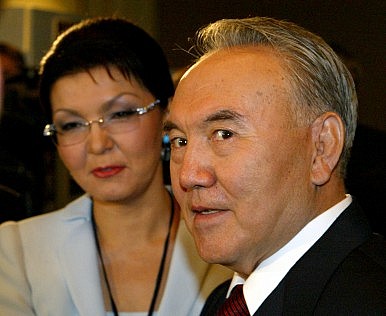 The president of Tajikistan was granted the title “Leader of the Nation” in December 2015 by special law. However, he does not want to stop there. On January 22, Tajikistan’s parliament adopted new amendments to the Constitution, which allow President Emomali Rahmon to run for an unlimited number of terms and also reduces the minimum age for presidential candidates to 30 from 35. This means that Rahmon’s elder son Rustam Emomali, now 28, will be able to run for the presidency when his father’s current term ends in 2020.
The president of Tajikistan was granted the title “Leader of the Nation” in December 2015 by special law. However, he does not want to stop there. On January 22, Tajikistan’s parliament adopted new amendments to the Constitution, which allow President Emomali Rahmon to run for an unlimited number of terms and also reduces the minimum age for presidential candidates to 30 from 35. This means that Rahmon’s elder son Rustam Emomali, now 28, will be able to run for the presidency when his father’s current term ends in 2020.
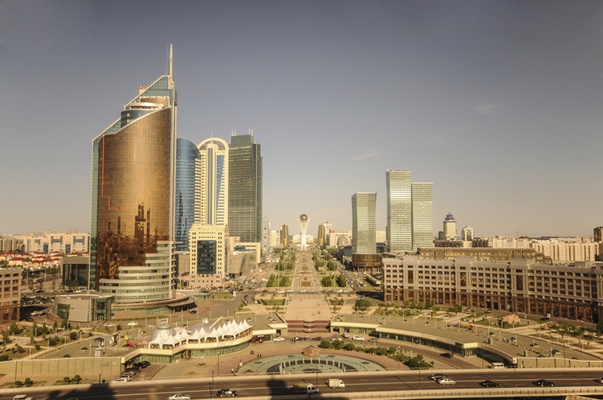 Kazakhstan is at a political and economic crossroads. The country saw impressive growth from 2000 to 2015 due to high oil prices, but it failed to diversify the economy away from extracting and exporting raw materials. The country’s post-Soviet trajectory has been dominated by one political figure, President Nursultan Nazarbayev, but the government is only now trying to put into place institutional building blocks that could help safeguard stability for the post-Nazarbayev era.
Kazakhstan is at a political and economic crossroads. The country saw impressive growth from 2000 to 2015 due to high oil prices, but it failed to diversify the economy away from extracting and exporting raw materials. The country’s post-Soviet trajectory has been dominated by one political figure, President Nursultan Nazarbayev, but the government is only now trying to put into place institutional building blocks that could help safeguard stability for the post-Nazarbayev era.




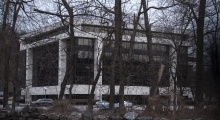
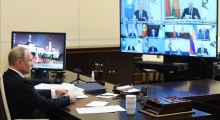

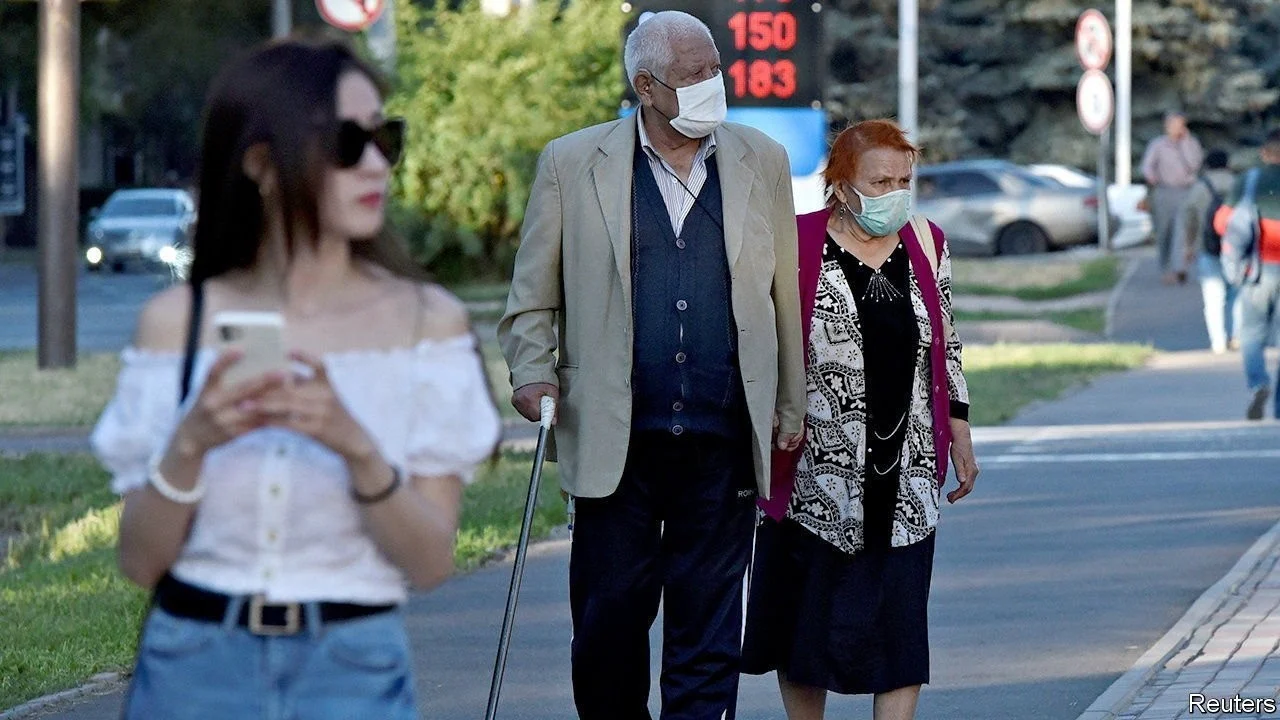
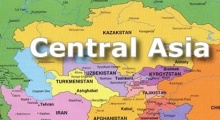
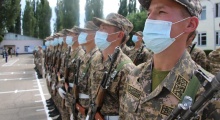

 Earlier this week, Kazakhstan’s foreign minister attempted to lay out why Kazakhstan would be hosting snap parliamentary elections next month. “Strong leadership and a clear strategy ... to overcome the current economic climate,” according to Foreign Minister Erlan Idrissov, are the reasons that “President Nursultan Nazarbayev approved a parliamentary initiative to dissolve the lower house and call an early parliamentary election.
Earlier this week, Kazakhstan’s foreign minister attempted to lay out why Kazakhstan would be hosting snap parliamentary elections next month. “Strong leadership and a clear strategy ... to overcome the current economic climate,” according to Foreign Minister Erlan Idrissov, are the reasons that “President Nursultan Nazarbayev approved a parliamentary initiative to dissolve the lower house and call an early parliamentary election.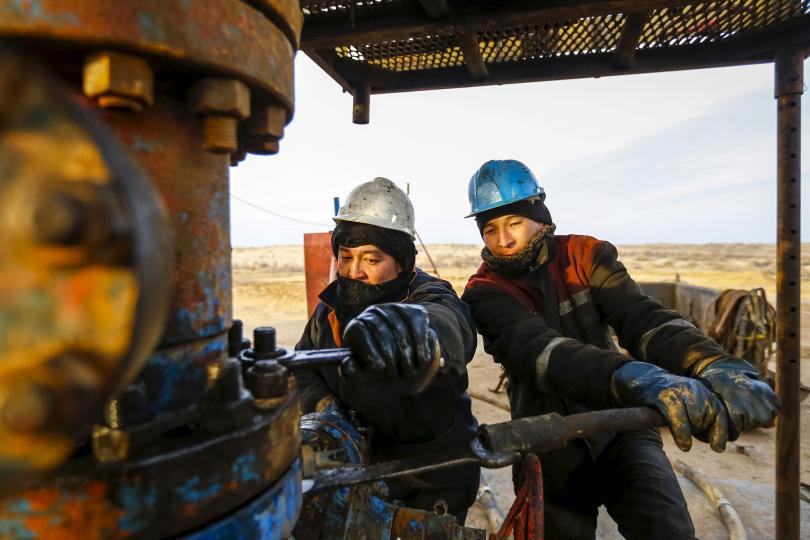 Amid the modern and futuristic landscape of Astana, Kazakhstan’s capital, and in the large city of Almaty, something rarely seen has appeared in recent weeks and months: protesters. Kazakhstan’s tenge currency was named the worst performing in the world last year, and if the first few weeks of 2016 are any indication, things are not improving for Central Asia’s largest energy exporter.
Amid the modern and futuristic landscape of Astana, Kazakhstan’s capital, and in the large city of Almaty, something rarely seen has appeared in recent weeks and months: protesters. Kazakhstan’s tenge currency was named the worst performing in the world last year, and if the first few weeks of 2016 are any indication, things are not improving for Central Asia’s largest energy exporter.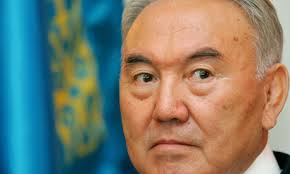 Kazakhstan’s president could hardly be expected to run for parliament, so the ruling Nur Otan party has gone for the next best thing: The actor who played him as a young man in the biopic.
Kazakhstan’s president could hardly be expected to run for parliament, so the ruling Nur Otan party has gone for the next best thing: The actor who played him as a young man in the biopic.
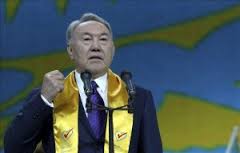 Not long ago it all looked so much better: oil prices were high, the middle classes were growing and the autocrat-father of the state, Nursultan Nazarbayev, presided over 17m grateful subjects. Yet today the situation in Kazakhstan looks more troubling than at any time since the country broke free of the Soviet Union to become, against the odds, Central Asia’s most prosperous state. To many, Mr Nazarbayev’s promise of a “Kazakh dream” now seems like a sick joke.
Not long ago it all looked so much better: oil prices were high, the middle classes were growing and the autocrat-father of the state, Nursultan Nazarbayev, presided over 17m grateful subjects. Yet today the situation in Kazakhstan looks more troubling than at any time since the country broke free of the Soviet Union to become, against the odds, Central Asia’s most prosperous state. To many, Mr Nazarbayev’s promise of a “Kazakh dream” now seems like a sick joke.
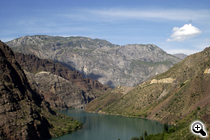 After years of embarking on promising forays into Central Asia’s economy, Russia is being forced to pare back its ambitions.
After years of embarking on promising forays into Central Asia’s economy, Russia is being forced to pare back its ambitions.


